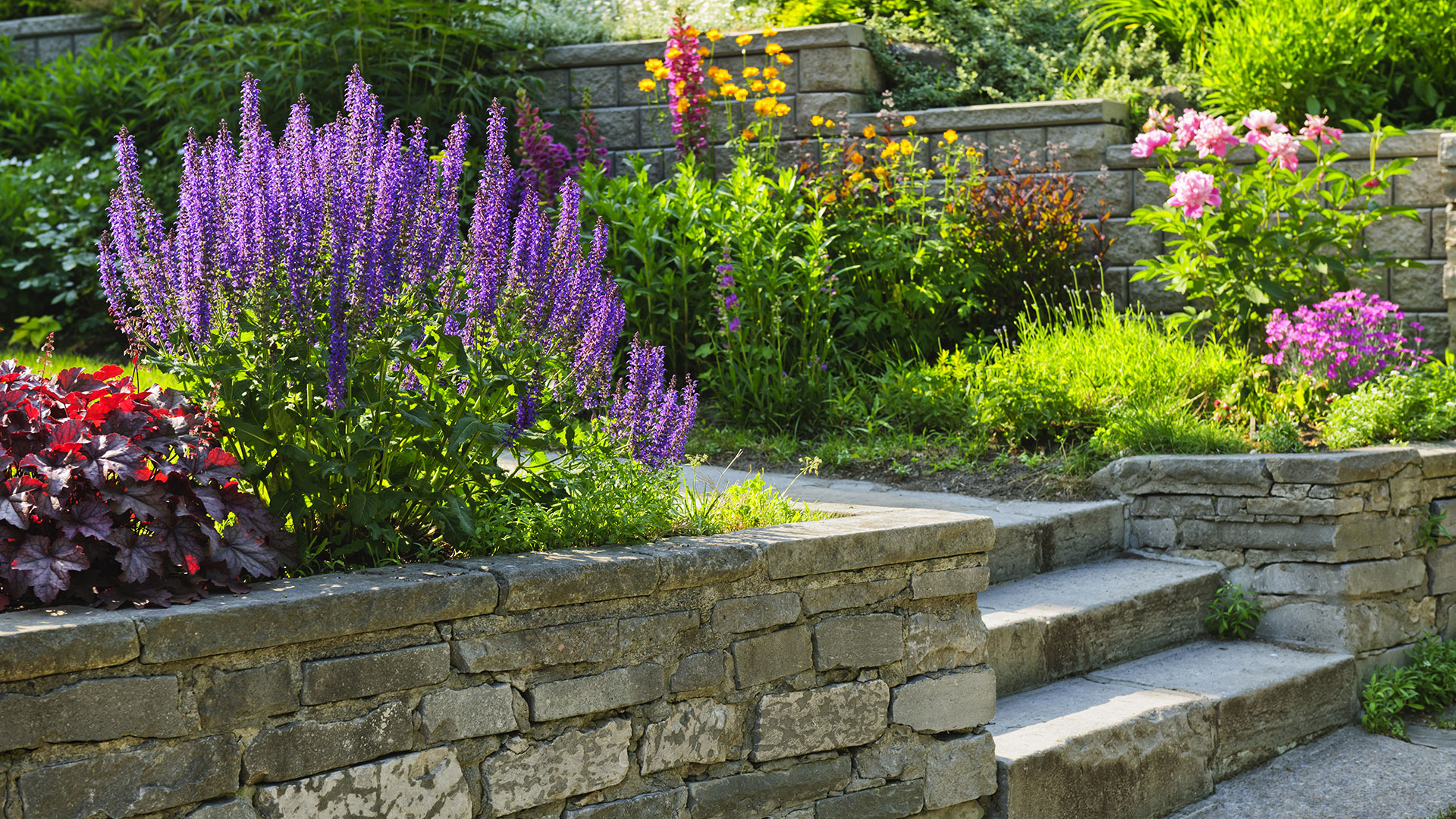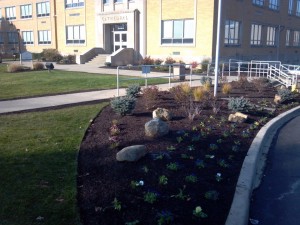Although most people have heard of lawn aeration, few people know the details of when and how frequently they should aerate their lawn.
Sure, most people mow and edge their lawn, and some even do lawn fertilization and treat their lawns chemically, but very few are aware of the benefits of lawn aeration.
Why should you aerate your lawn?
Over time, your lawn can become compacted from human activity, pets and mowing. This can cause the soil to become compressed. As your lawn solidifies, it reduces the pore space within the soil so air, nutrients and water cannot enter the lawns roots.
Grass roots require oxygen, and need to soak up the necessary minerals and water to stay healthy. If the roots don’t receive these important elements, this can result in poor development and lawn deterioration.
When aerating and fertilizing your lawn, the roots receive everything they need to help your lawn to be as lush, green and healthy as you want it to be.
So from this point, knowing that aeration is beneficial to a healthy, beautiful lawn is simply an important part of lawn care. You just need to learn more about it.
So when and how often should you have your lawn aerated?
In general, you should have your lawn aerated twice a year. The first lawn aeration of the year should occur between early spring and early summer, the second service should happen in the fall sometime between August and no later than October. However, this may vary depending on your property conditions and soil type.
Depending on where you live, you’re likely to have varying types of soil. Lawn care varies right along with that. A professional lawn aeration company will be able to help you identify what type of lawn aeration is needed for your land.
For example, if you have a clay soil, you may need your lawn aerated more frequently because it is usually more compacted and requires additional maintenance. The opposite is true of a sandy soil, because it allows more air to move through it. In addition to the area where you live, conditions can affect your need for these services.
If you plan on fertilizing your lawn, it is good to have it aerated prior to fertilization to allow the nutrients to be absorbed with maximum efficiency. In addition, avoid lawn aeration during high heat, drought, during times of weed infestation, and prior to good root development in a newly sodden or grassed area.
The key to aeration is to do it when you put good things down into the earth, and not to open it up when bad things can get in. The bad things can include dryness and weeds. Using this information in addition to consulting with Turfdogs will help you have a greener, healthier, happier lawn.


